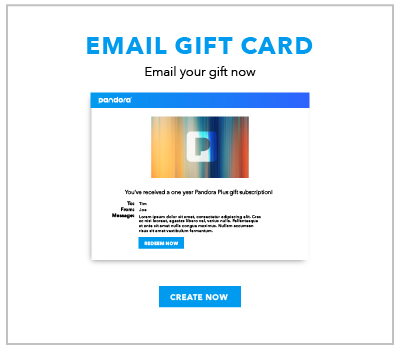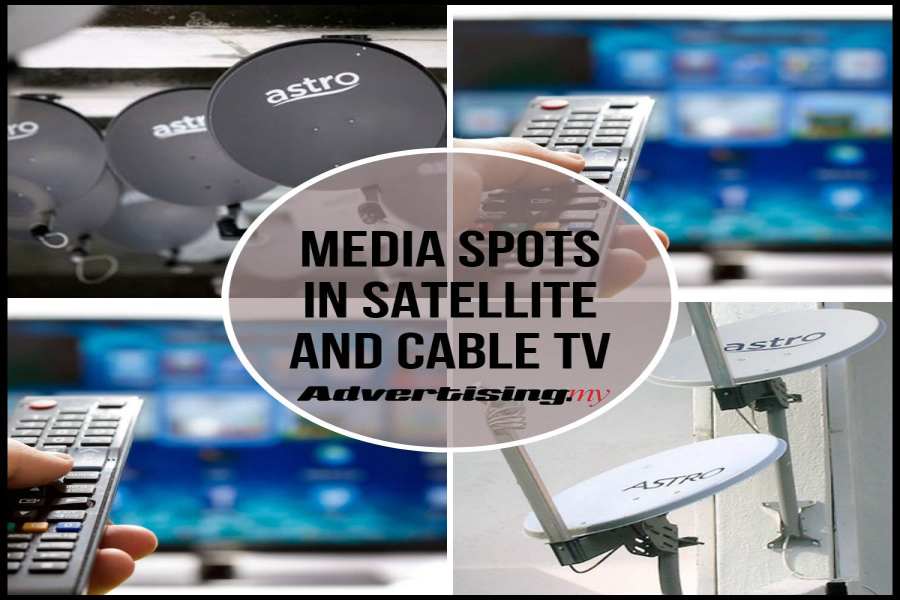
In America, television was the most important influencer in the 1950s. During the decade, advertisements were a popular way to promote products and encourage purchases. Advertising was an integral part our daily lives. Advertising in the decade was a reflection on the American society at the time.
Advertisers were driven to sell their products. Advertisements were longer in the 1950s than they are now and featured everyday people buying and using products. Speedy Alka Seltzer and Gillette were some of the most iconic 1950s TV commercials.
Advertisers worked hard to establish their brands in the minds of the public. Many of their ads were catchy and animated. Popular were also jingles. Sponsors wouldn't allow other brands in a scene.
For example, the "Be Happy, Go Lucky" ad for Lucky Strike was the most-viewed ad of the decade. It featured a beetle character which provided viewers with a sense of originality. Betty White starred as Betty White in the commercials.

Cigarettes, alcohol, as well as tobacco were the most widely advertised products on television in the past decade. According to a tobacco journal, women were a huge potential market for tobacco. These ads tried to convince viewers that smoking was cool.
In the midst of this decade, TV ads urged women to support their husbands and keep their homes clean. Unlike print advertisements, television ads were often longer, and the ads could be seen during late nights and on Sundays.
Women were depicted as domestic workers, and emphasized the importance of raising children. Advertising was based upon the belief that prosperity was a certainty after World War II. In the 1960s, Americans started to want products that were more personal and reflected their individuality.
The 1950s saw the ideal family represented in advertising. These advertisements often depicted wives as sweet and sweethearts. Wives were expected and expected to maintain their homes and make dinners. They were also encouraged to spend on frivolous things.
A few well-known actors appeared in commercials on television in the 1950s. John Cameron Swayze served as news anchorman. He tested Timex watches on outboard motors and jackhammers. He also smoked sponsor's cigarettes. This was required to approve the commercial.

Advertisers were encouraged a to create a unique image for products. Advertisers employed TV cowboys to market their youth-oriented products during this decade. Other 1950s ads include the PG Tips ad with Peter Sellers and chimps.
Television was becoming more mainstream, and advertisements became an increasingly popular form of entertainment. To accommodate this growing demand, an increasing number of TV stations was built. Over 3.1 million American homes had televisions by the mid-1950s. However, the cost of a television was expensive, so advertisers had to limit their commercials to less than 30 seconds.
Another popular commercial in the decade was the first television ad for colored television. The advertisement was for Volkswagen. The color of the advertisement was for Volkswagen. The same trend was adopted by many other companies.
FAQ
What is the best way to learn about television advertising?
Television advertising is a powerful medium to reach many people at one time. It was also extremely expensive. However, if you use it well, it can be incredibly powerful.
While there are many types and styles of TV ads, most share some common traits. The first thing to remember when planning any type of TV ad is to ensure it fits into its category. Don't confuse a lifestyle ad with a product advertisement if you are running a commercial. Your message should remain consistent throughout the campaign.
The second thing to remember is that the best time to air your ads is during prime-time hours. This is because many viewers are able to relax in front of the TV while watching. They should be able to concentrate on what you are saying.
Don't assume that just because you have lots of money, you will achieve great results. In fact, the opposite may be true. A University of California study found that commercials broadcast during popular shows had a lower chance of selling products than those broadcast during less-popular shows. You should ensure that you spend your money wisely if you plan to advertise on television.
Is it possible to get traffic for free?
Free Traffic refers to the traffic that comes directly from organic search results without paying for ads. This is also known as organic or natural traffic. There are many ways to get free traffic, such as article marketing, social media marketing, blogging, etc.
Article Marketing is one way to get free traffic. Paying for ads is often more expensive than CPC. Article marketing is also called content marketing.
Social Media Marketing - These social media sites, such as Facebook, Twitter or LinkedIn, allow you to advertise your business. These social media platforms can be used to post updates and share photos. You may also build relationships with potential customers. Many businesses choose to buy ad space in social media because they want a wider reach at a reduced price.
Blogging - Blogging is another great way to generate free traffic. Quality content that is enjoyable to read will attract people. You can start to monetize your blog with the sale of products or services after you have attracted readers.
Email Marketing – Although email marketing was around long before the internet, it's still one of most effective ways to drive website traffic. You can grow your list and eventually sell to subscribers by sending them emails frequently.
What should you know about printing advertising?
Print advertising is a good medium to communicate effectively with consumers. Print advertising is used by many companies to promote their products and services. The key objective is to capture the attention of the consumer.
Print ads are typically one page long and include text, images, logos and other graphics. They may also include sound, animation, video, and hyperlinks.
Here are the main types and classifications of print advertising:
1. Brochures – These are large format printed pieces that are intended to draw people into stores. Brochures often feature eye-catching designs and colorful photos.
2. Catalogues- These are smaller versions and variants of brochures. These are usually sent to customers who request information about specific items.
3. Flyers - These are small pieces of paper distributed at events such as concerts and fairs. If they are given out at retail outlets, they can be obtained for free, but you must pay for them.
4. Posters – These are larger versions for flyers. They are displayed on walls, fences, and buildings. They are usually made using computer software programs, which is designed to draw the eye of passersby.
5. Direct mail – This is a direct mailing of letters or postcards directly to customers. These are sent out by companies to remind customers about their business.
6. Newspaper Ads – These are ads that appear in newspapers or magazines. These are typically quite long and often contain text as well images.
What are the basics of internet advertising?
Internet advertising has become an integral part any business strategy. It helps companies reach potential customers at a low cost. However, there are many different types of internet advertising available. Some are completely free while others require payment.
There are several options for advertising on the internet. These include banner ads, pop-up advertisements, search engine optimization (SEO), PPC (pay-per-click) advertisements, social media and mobile marketing. Each method comes with its own set of advantages and disadvantages.
What are the basics of radio advertising?
It is important to understand the interdependence of different media types. Remember that all media types are complementary, not competing.
Radio advertising can be extended to television. Radio can complement TV advertising by reinforcing key messages, and providing additional information.
For radio listeners, TV commercials can often be too long. Radio ads tend to be shorter and more affordable.
What is an advertising buyer?
Advertising space is purchased by an advertiser on TV, radio and printed media.
Advertisers pay for the time their message appears.
They do not always look for the best ads, but are looking for the most effective to reach their target audience.
An advertiser might have details about potential customers, including their age, gender and income.
This data can be used by the advertiser to decide which media is most effective for them. They may decide that direct mail works better with older people.
Advertisers also look at the competition. If there are similar businesses nearby, they might choose to place their ads near those competitors.
Advertisers also need to consider their budget size and how long they will spend it before it expires.
What is an advertisement campaign?
Advertising campaigns are a series or advertisements that promote a product. This could also include the entire production of these ads.
The term "ad" comes from the Latin word for "to sell." Marcus Terentius Varro (116–27 BC) was the first person to use it. It meant "to sell".
Advertising campaigns are most often done by large agencies or businesses. Many media types can be used in these campaigns, including television, radio and print.
Advertising campaigns typically last for several months and have specific goals. For instance, some campaigns aim to generate awareness while others focus on increasing sales.
Statistics
- Nonetheless, advertising spending as a share of GDP was slightly lower – about 2.4 percent. (en.wikipedia.org)
- It's 100% reliant on your website traffic. (quicksprout.com)
- In 1919 it was 2.5 percent of gross domestic product (GDP) in the US, and it averaged 2.2 percent of GDP between then and at least 2007, though it may have declined dramatically since the Great Recession. (en.wikipedia.org)
- It collects money from the advertisers, keeps 32% for its role in facilitating the process, and the remaining 68% goes to the publisher (you). (quicksprout.com)
External Links
How To
How to run ads that are paid
Paid advertising is any type of marketing where you pay money. This could include advertising in magazines and newspapers, buying ads space on websites, or hiring someone to promote your business online. There are many types and methods of paid advertisement, such as social media campaigns, email advertising, search engine optimization, mobile app promo, influencer marketing, and display advertising.
You need to know the cost of your campaign and the expected results. This will ensure that it runs smoothly. Also, consider whether you can get enough return-on-investment (ROI), to justify the expense.
Before you can start a paid marketing campaign, you need to first identify potential customers for the product or service. Start with free advertising, such as posting flyers in your community, making announcements at schools, and sharing your message on social media.
Knowing your target audience will help you decide the best way to reach them. If you are selling organic food, for example, you might want to advertise in local newspapers classifieds. For cosmetics sales, it might be more advantageous to advertise on radio and TV.
After you have determined who you want, you need to figure out how much money you can afford. There are several methods you can use to calculate your spending budget. One method is to divide the total amount you plan to spend into daily, weekly, monthly, quarterly, or yearly amounts. The second way is to use a spreadsheet program to